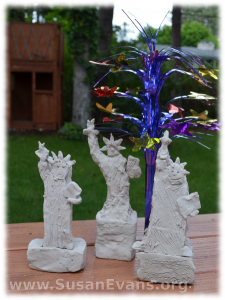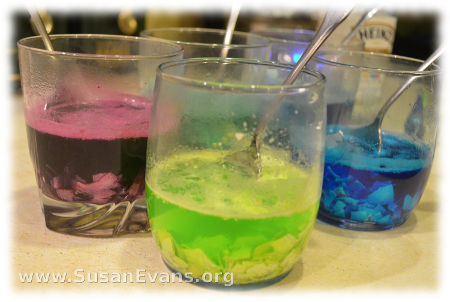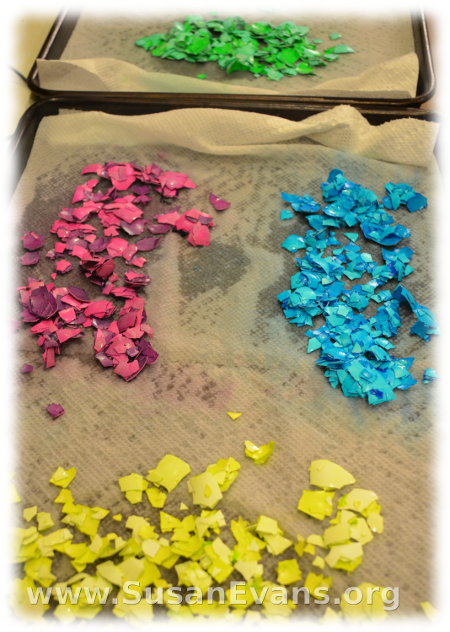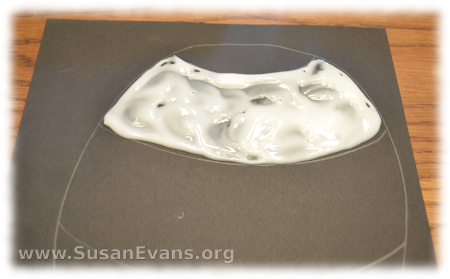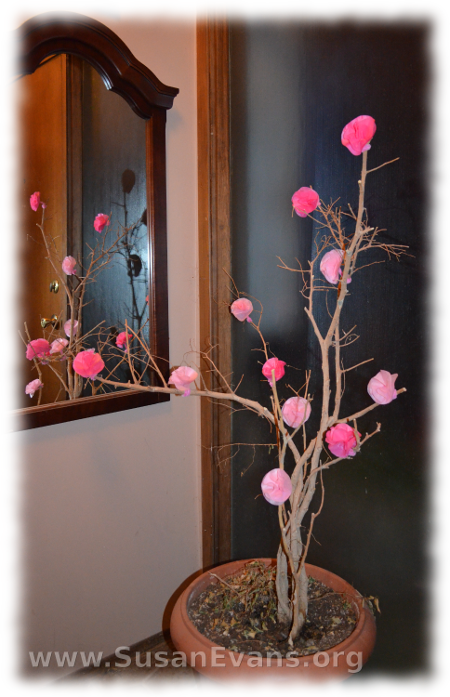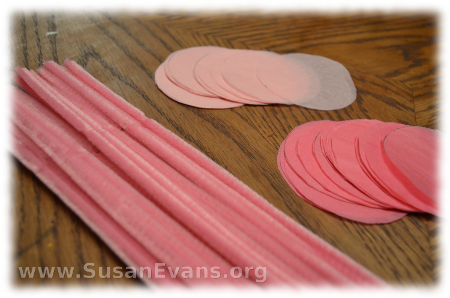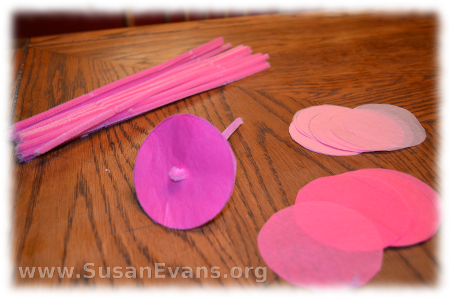 Posts may contain affiliate links.
Posts may contain affiliate links.
Why not do a Roller Coaster Unit Study with your kids during your summer vacation? You can learn a lot by riding roller coasters.
Haven’t you always wondered why you’re pushed against the seat when you are riding a fast roller coaster? The answer: centrifugal force. And why is your body jerked forward when the ride ends? Because an object in motion will remain in motion unless something stops it, like the iron bar across your lap.
To learn more, you can ask yourself the following questions from the book Roller Coaster Science:
- How does the size of the hills change during the ride?
- Do you move faster or slower when you are at the top of a hill?
- Do you move faster or slower when you are at the bottom of a hill?
- As you go up a hill, do you gain or lose speed?
- As you go down a hill, do you gain or lose speed?
- As you go up a hill, do you feel heavier, lighter, or your usual weight?
- As you go down a hill, do you feel heavier, lighter, or your usual weight?
- When the ride makes a turn, are you pushed into the turn or away from it?
- When the tracks curve, do they tilt inward or outward or are they parallel to the ground?
The book gives you an explanation for why all these things happen. It’s fun to actually pay attention to how you feel as you are riding on the roller coasters, and then later learn the science behind it.
If you want to tie in Language Arts, you can do a fun writing assignment about an amusement park:
You can build your own roller coaster out of K’nex:
Here is a free printable PDF for understanding roller coaster physics, from the Virginia Instructors of Physics:
If you want to understand the physics behind roller coasters, watch this:
As you can see, besides having a splendid time with your family, you can have a great educational experience at the same time. So why not? Go ride some roller coasters with your kids!
For more fabulous unit studies, join the Unit Study Treasure Vault.
Don’t miss out on my fun posts. Subscribe to my blog, or like me on Facebook.

